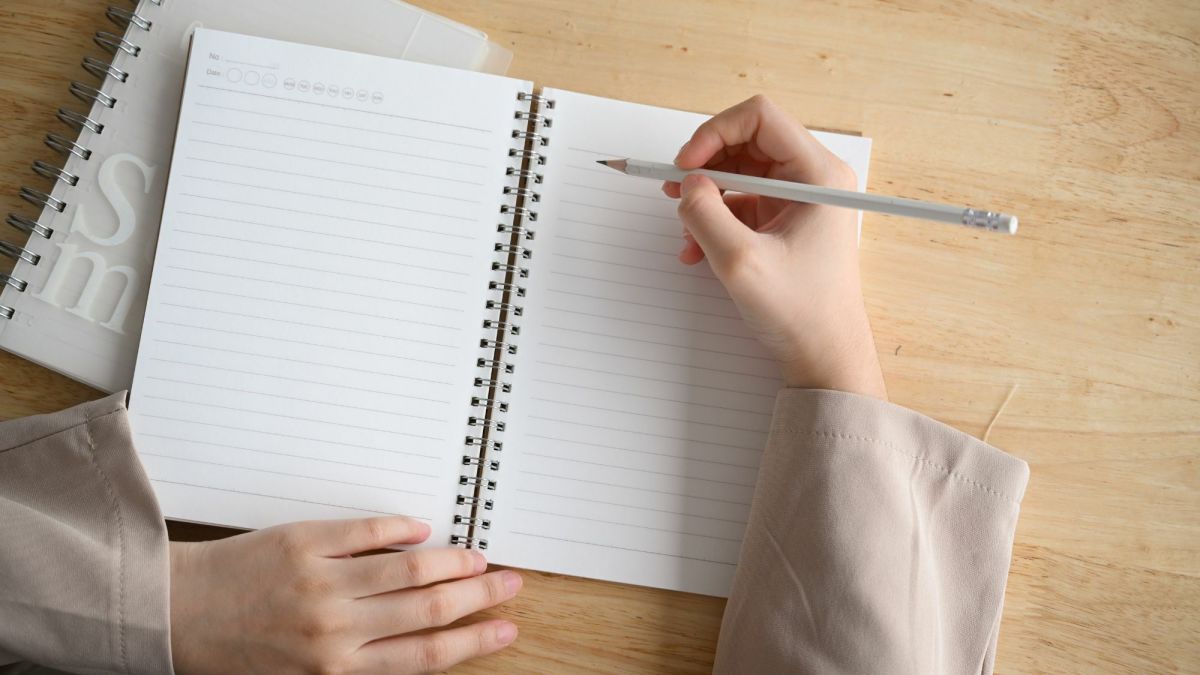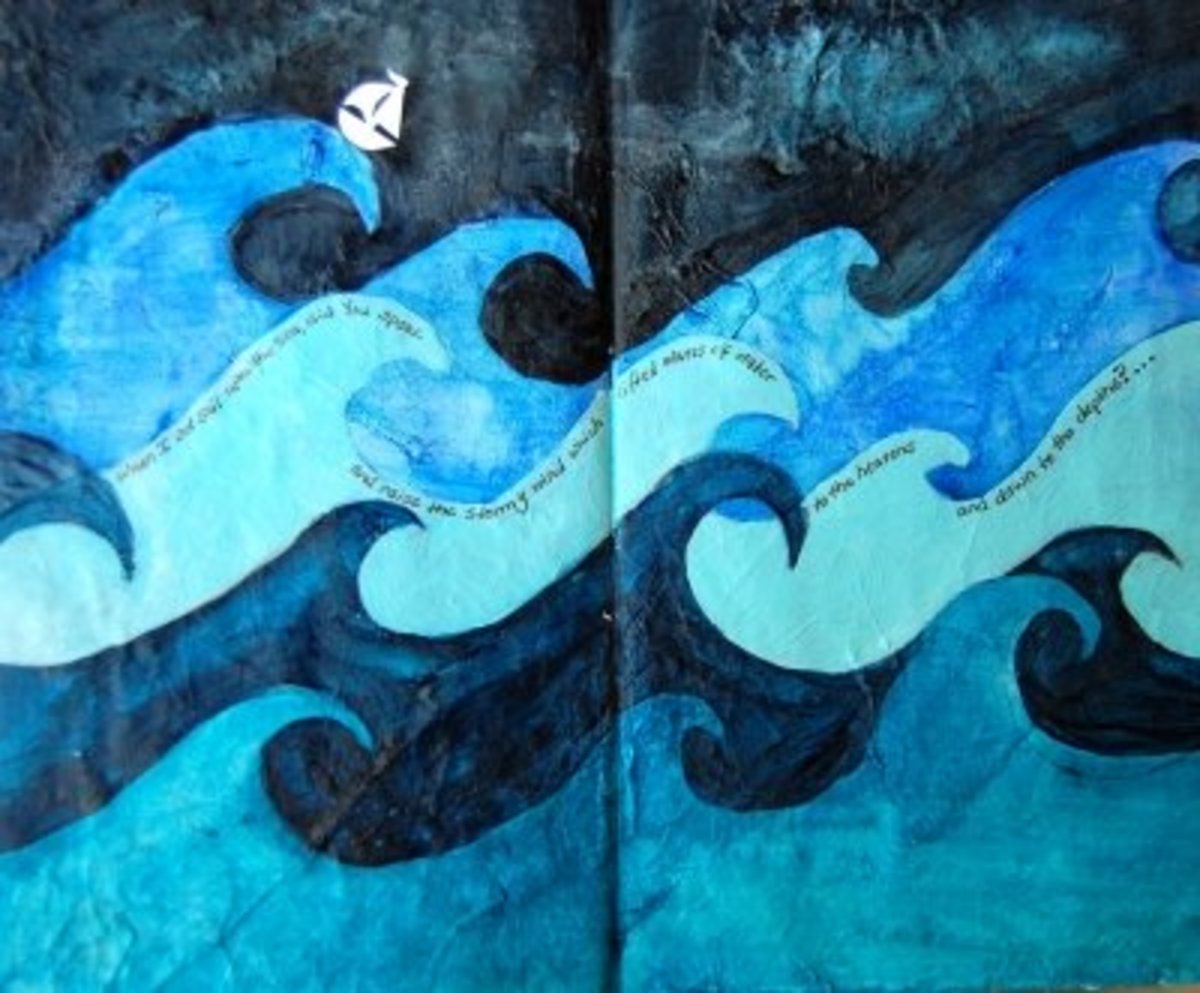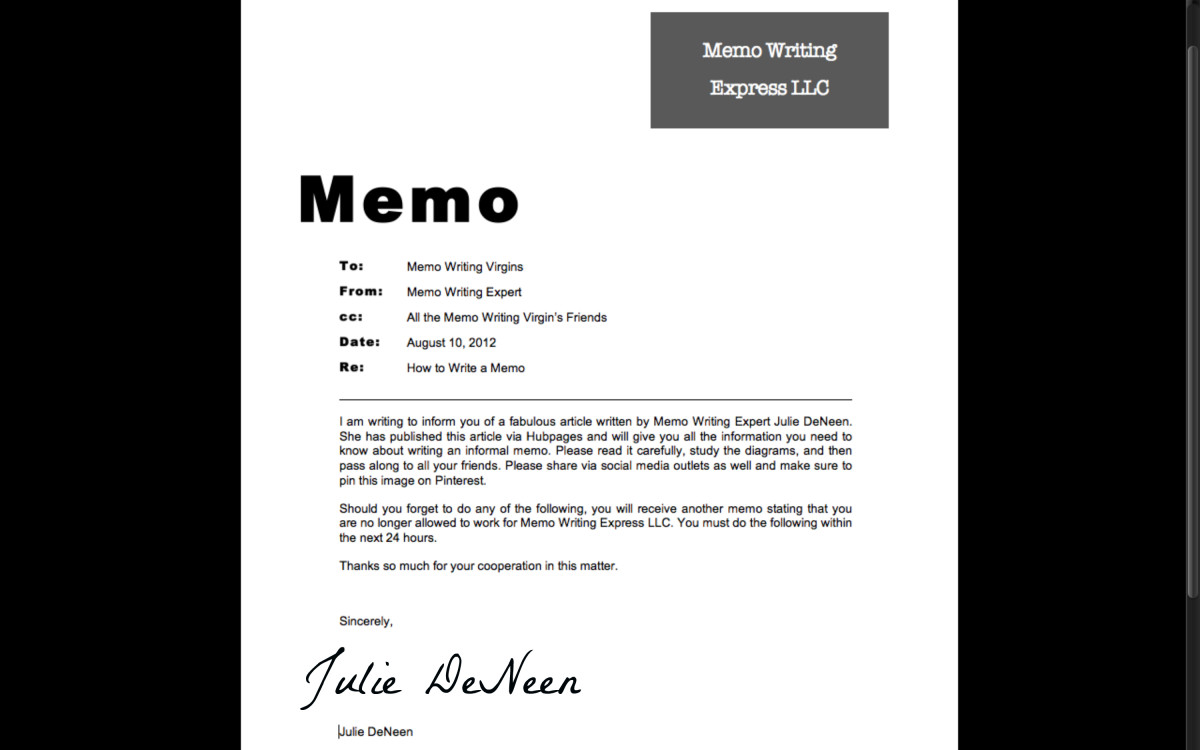Generating Ideas
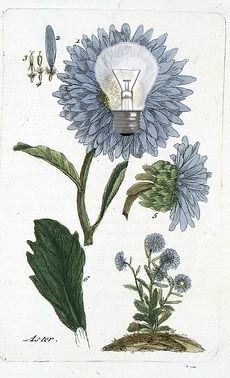
Creative Thinking and Problem Solving
Idea generation.
Where do you get creative ideas?
How can you generate fresh possibilities or get inspired?
How can you improve your problem-solving skills, become more creative, or just... come up with a good idea when you need one?
There are a few proven methods:
This Lens will walk you through some time-tested ways that artists, inventors, writers, and other creative people have found to generate ideas.
Of course, having an idea is not all there is to creating a successful novel, painting, invention, or business plan - there's a lot of judgement, work, and luck still needed - but a great idea sure is a nice place to start! What a waste to invest all that work if the basic idea is bad?
What you want is enough good ideas to choose between... looking for a great one!
This Lens will help you find those ideas... For that matter, this Lens IS still finding and developing ideas, so please keep visiting!
What IS a creative idea?
We all have ideas all the time, but what makes an idea especially creative?
A creative solution is a combination of new and unexpected plus useful.
New alone is just novelty - which can be a lot of fun, but isn't a meaningful change to the way things are normally done. Novelty is often just a change in style, a surface difference. Real creativity involves looking at the status quo with new eyes and seeing a truly different way.
The single biggest trick to coming up with a creative idea is to STOP thinking about things in the same way! To climb out of the rut. To climb out of that box... which is now itself a cliched phrase and thus a "box" of its own. A fresh metaphor (as "out of the box" once was) is sometimes EXACTLY what you need to become creative.
"Why is a raven like a writing desk?" Asks the famous question in Alice in Wonderland. Ask an equally silly question of your problem and maybe you'll find a creative answer.
(There is no answer to the raven/writing desk question, but my favorite attempt is "Poe wrote on both." THAT's creative!)
The following techniques all involve finding ways to approach a problem freshly.
“Dwell in possibility.”
– Emily Dickenson
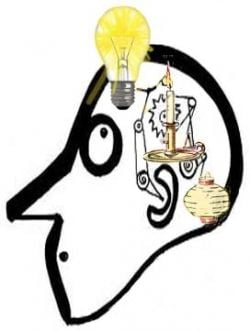
Brainstorming
Brainstorming was invented - or the technique was named anyway - during the 1940s. It's a way for a group (like an ad agency, for instance) to come up with large numbers of creative ideas.
The rational behind Brainstorming is that you want to turn off the critical, editing portion of your brain and just spew forth every possible - and impossible! - idea you can. The fast and looser you can be, the sillier and less inhibited, the likelier you are to hit on something you wouldn't have ordinarily considered, some crazy idea with a bit of wild genius to it.
Brainstorming was a technique invented for a group, but it can help very much as an individual. That permission you give yourself to go nuts, to not criticize your ideas, is valuable.
So scribble every idea that pops into your head. Fast. No editing. No self-consciousness. Go crazy-wild. Get silly.
You can Brainstorm by yourself very successfully. If with a group... It depends on the group. You need people willing to look silly, to get silly, and, most importantly, willing to suspend judgement. With the right group a Brainstorming session is huge fun. Lots of laughter. And lots of good ideas. With the wrong group or one that's poorly led, social pressures will stifle real creativity.
So... Brainstorming is probably more efficient alone, but sometimes you may enjoy the company!
A New Yorker article about group brainstorming versus unplanned interaction between people of different specialties as at MIT's famous building 20.
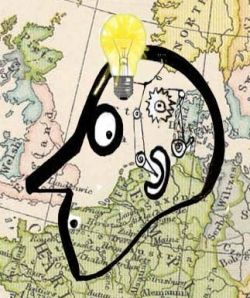
Mind-Mapping & Co.
This technique is rather like brainstorming in that you generate many ideas at one sitting. It's also a bit like the game "Hangman."
On a big sheet of paper write a word or two that sums up your problem, then, off to one side, write another word or idea that seems related. Connect these two phrases by drawing a line. Add another word connected to the second one and draw that connection. Continue until you have a web of inter-connected words and thoughts, following each string of ideas out as far as you can. By the time you stop, you'll have many ideas 3 or 4 or more "lines" away that might never have ocurred to you from just those first words.
In another variant on this method, you first draw a "spine" with your problem/question written on it, then add "fishbones" pointing out away from that spine with ideas developing from that.
Bubble Diagrams are similar too. Here you sketch a bubble that stands for a component part and link them together. Architects routinely use bubble diagrams in figuring out the proper placement of rooms or functional areas - for instance, a bubble labeled "kitchen" might be linked to three other bubbles labeled "dining," "laundry," and "garage", then "dining" and "living" might be linked, but not "living to "laundry" (which instead might get connected to "bedroom"). By studying the tangle of desired connections, the designer can start to sort out what needs to be together and what needs separation. A house is an easy example - imagine the bubble diagram for a hospital!
The important part is getting ideas written down, linking to each other, and on out further...
Brain- Storming & -Mapping Tools
* BIG paper
* BIG markers
* A white board or chalkboard
* Or a stack of blank paper
* Elbow room
* No interruptions
* A wall to pin/tape stuff to
Supplies for That Brainstorming Session
You can scribble down ideas on anything... but it is kinda nice and more inspiring to have a great big surface to write or sketch on and nice big bold writing tools. An idea just looks more, you know, important in Big RED Letters!
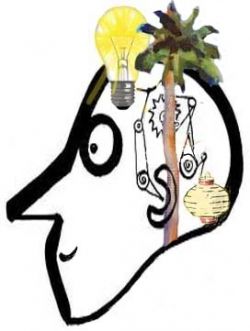
Thinking with Your Hands (and Eyes)
Collage
it is often helpful and widening to your thinking to get hands-on with a problem. Build a model! Shape clay. Twist wire. Stack boxes or blocks.
Each is a technique for turning off the "judgement" part of your brain temporarily. (Besides giving you a 3D view of your problem.)
Or rip, tear, cut, and paste paper for collage. Find a bunch of old magazines and other paper goods: wallpaper, grid paper, art and textured papers, newspaper, post cards, any other paper scraps. Set your unconscious and your hands and eyeballs free. Rip and tear! Cut and paste and tape. Free associate. Make unexpected connections. Juxtapose ideas. Study serendipity.
Do this by clipping out pictures suggesting objects, elements, or ideas that link somehow to the project you're working on. Choose evocative colors or textures, and overlap, hide, reveal, contrast, play... make a composition. The point is not so much to create an art work, as to explore ideas in a visual way. Sometimes your eyes recognize truths or see solutions your brain missed.
Hang your collage somewhere that you can see it now and then (maybe your refrigerator door?). Then study the collage for hidden meanings... a sort of Where's Waldo? looking for unexpected connections. You may be surprised at what you learn. Obviously this technique is particularly useful generating visual ideas, but it can help in understanding any problem.
Collage Materials
* Scissors
* White glue or glue sticks
* Magazines and newspapers
* Postcards
* Wrapping paper
* Textured and "art" papers
* Ads, fliers, and cataloges
* any cool scrap of paper
Supplies for Collage
A few assorted papers to get your collage started. Add lots of pictures! I find beautifully illustrated magazines very inspiring; try Smithsonian magazine or National Geographic.


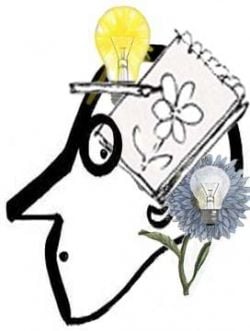
The Notebook
(Or Sketchbook)
You gotta, gotta, gotta have some place to jot down good ideas!
Carry a notebook or sketchbook with you at all times... or something to write on - and with - instantly. (Writer Anne Lamott says she carries an index card, folded in half in her pocket.) Find some system that works for you.
We like to think that we'll remember a really good idea all the way back to our desk... BUT WE DON'T. So write it down!
The other benefit to note or sketchbooks is that, as you fill them, you can save them as a sort of diary or day-book of your ideas as they develop. It's sometimes very useful to reread an earlier entry and see what it was you were thinking. For this reason, it can be a good idea to jot down what you were reading at the time, your research, what questions, or answers, or idle speculation interested you. Go ahead and staple in stuff! Make doodles and sketches. Record your days and thoughts. This does not need to turn into a fifth-grade girl's diary, just use your notebook a working record of your thinking process.
My Favorite Sketchbook
I love this sketchbook. I'm just starting my... um, forty-somethingth new one.
I love this Strathmore pad because it's small enough to fit in my purse, but big enough for a decent sized drawing. The paper takes ink and pencil well, is heavy enough to staple to, is recycled (go green!), and, because it's spiral bound, pages lay flat for sketching or writing and also rip out (as if perforated) if I need to leave a note or sketch behind me.
Because it's recycled and not too expensive or "precious" looking, I can use up sketchbooks as fast as I need to and throw away pages if I want... which makes it generous and forgiving to use. Afterwards, it can sit nicely on a shelf with it's ancestors until I need to refer back to it (write the dates and year on the outside cover). Sometimes I add tabs so I can find earlier research etc.
When I Say "Sketchbook"... - I mean writers' notebooks too, of course.
- The 10 Best Writing Notebooks
A lovely article on favorite notebooks for writing in. Moleskin is #1.
“A hunch is creativity trying to tell you something.”
– Frank Capra
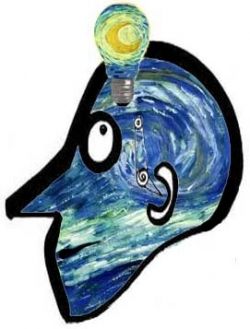
Assorted Other Techniques
(Lots more to come and lots of expansion)
There are many ways to jump-start your idea creation. Here are just a few suggestions:
Take a walk and just mull over the problem. Or take a shower or drive or do something else that keeps you busy in a mechanical your-mind-can-wander sort of way. Wash dishes or the car. The key is to keep your body and the surface of your mind busy... while the deeper, more imaginative parts of your brain idle.
Sleeping on a problem or design can do the same thing - keep a notebook at your bedside and jot down your early morning ideas.
Get inspired! A classic trick is to open a dictionary (or any book) and pick a random word. Generate ideas that use this word somehow.
Or take a trip somewhere beautiful or stimulating - people watch, muse, let your eyes stay busy, leave yourself open to surprise and curiosity.
Keep mulling over your problem, looking for ideas, for at least several days. In fact, brainstorm a while - then rest and come back to the problem a few days later. I call this pause "percolating" and it's amazingly effective. Some complex problems take a long time to percolate; Mark Twain used to "rest" half-finished books for years, while he got on with other projects.
Creativity Links
- Author Neil Gaiman
Answers the Dreaded Question: "Where do you get your ideas?" - Creative Problem Solving
A fascinating site all about creative problem solving. Check it out! - Teaching Creativity
A very good article by an experienced teacher about how to teach creativity... interesting whether you're teaching or learning! - 33 Ways to Stay Creative
From The World's Best Ever... suggestions of things to do to keep the creative juices flowing. - Tricks for Battling Creative Blocks
Some great suggestions here. My favorite is "check into an expensive hotel". I laughed! But I bet it'd work. - 7 Brainstorming Tips
Some good suggestions for getting started... - Reverse Brainstorming
An interesting discussion of ways to avoid the flaws in group brainstorming sessions. - Mind Tools - "Generating New Ideas"
Some helpful suggestions for kick-starting new ideas.
Build Your Creative Confidence
David Kelley explains...
The Creative Habit
Dancer and choreographer Twyla Tharp has written a terrific book about the importance of preparation, habit, ritual, and discipline in being a consistently creative person. Full of good advice backed by the experience of a long, illustrious creative career.
I highly recommend it.
Books on Creativity
A sampling of current books on creativity.


"The hidden connection is more powerful than an obvious one."
-Heraclitus
Tim Hurson Talks About Creativity - "The Shock of the Possible"
An impassioned speech on innovative thinking - a TED talk.
This video is a bit long, but full of wonderful examples and ideas. Hurson talks about asking the RIGHT question; on looking for the unexpected, hidden connection between one idea and another that allows you to find unexpected, innovative solutions; on innovation in the real world.
Steven Johnson TED Talk - "Where Good Ideas Come From"
More Links on Creativity
- TED Talk by Tim Brown: Creativity and Play
The importance of playfulness in creativity. - CreativeSomething.net
An interesting creativity blog
And at the very deep end of Creativity's pool, Amy Tan - "Where does creativity hide?"
A long, in-depth, wonderful (sometimes funny) explanation by novelist Amy Tan on how creativity works. A Must See! And Listen. And take notes...
“Vision is the art of seeing things invisible.”
– Jonathan Swift
Choosing Between Ideas?
Here's THE book that explains the way we humans make decisions, by a Nobel Prize-winning economist, but written in lay-man's language (thank goodness).
Evaluating Ideas
I recently read an article (link below) that gave some very good guidelines for criticizing creative ideas. These were assumed to be for group projects, but adapt well to conversations with yourself as you winnow through your own work:
RULE #1: Feel free to comment. get the truth out where you can work with it!
RULE #2: Don't wait. "It's simply stupid to say that you think something sucks after it's been shipped and you watched it go out the door."
RULE #3: Give reasons. Don't say 'It sucks,' explain WHY it sucks.
- FastCompany - "How to Make Your Employees Happier"
Embedded in this article on happiness at work (yes, please) is an interesting discussion of constructive criticism.
Chance, Luck, and Discovery
There's no arguing that pure chance - Luck - accounts for the success of many good and creative projects... and for finding the creative idea in the first place.
So how to get lucky?
Here's a fascinating article on why self-help books seldom help and why luck is real. It's long, but there are nuggets of insight all the way through.
- Survivorship Bias
Math, chance, celebrated Winners and invisible Losers. Luck is real!
This is a work in progress Lens - guaranteed to get lengthier and more stuffed with idea-gettin' ideas as it goes. Please visit again. Gimme suggestions of what you'd like to see here.









